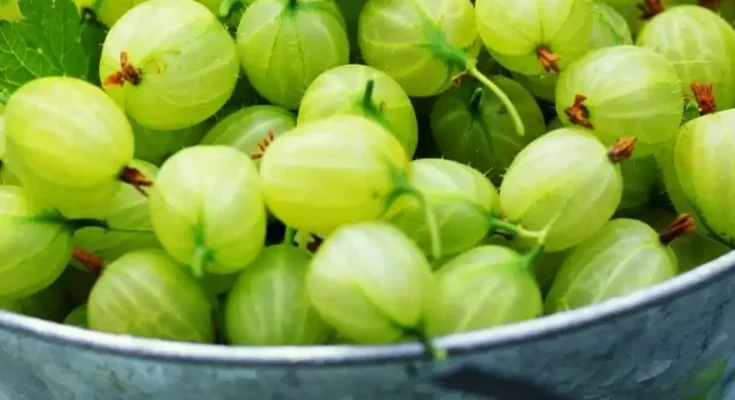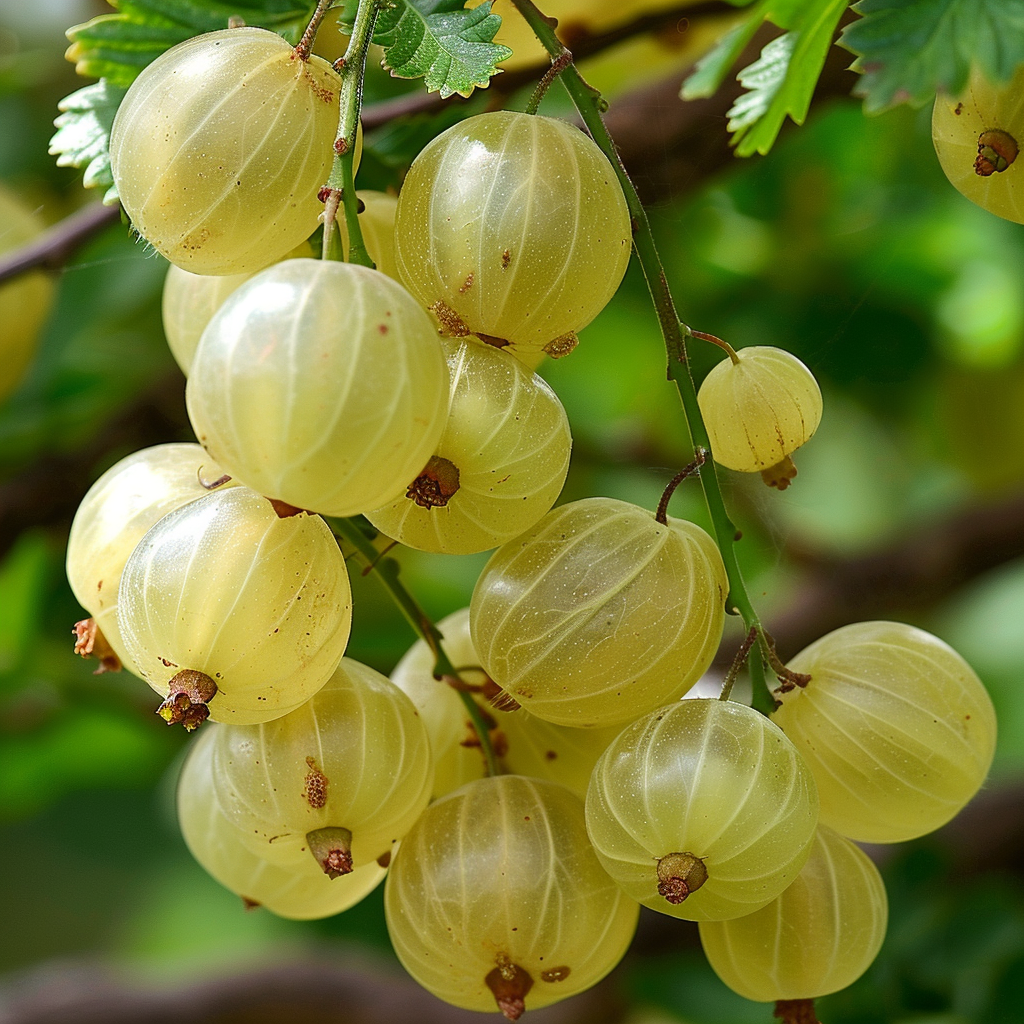

Indian gooseberry, or Amla (Emblica officinalis), is a nutrient-rich fruit highly valued in Indian culture and traditional medicine. One Amla contains as much vitamin C as about 20 lemons, making it a powerhouse of nutrition.

Health Benefits of Amla
Rich in Vitamin C – Boosts immunity, fights infections, and improves overall health.
Antioxidant Properties – Helps combat oxidative stress and lowers the risk of chronic diseases.
Enhances Digestion – Stimulates gastric juices, relieving constipation and digestive issues.
Promotes Heart Health – Lowers cholesterol, reduces blood pressure, and supports cardiovascular health.
Improves Skin & Hair – Encourages collagen production and prevents free radical damage.
Anti-inflammatory Effects – Helps reduce inflammation and ease arthritis symptoms.
Regulates Blood Sugar – Beneficial for diabetes management.
Growing Amla at Home
Amla thrives in warm climates (25°C–35°C) with well-draining soil. Plant seeds or cuttings in a sunny spot, water regularly, and fertilize organically. Prune annually and monitor for pests. Harvest in 4–5 years when fruits turn greenish-yellow.
With proper care, you can enjoy Amla’s incredible health benefits right from your home garden!





